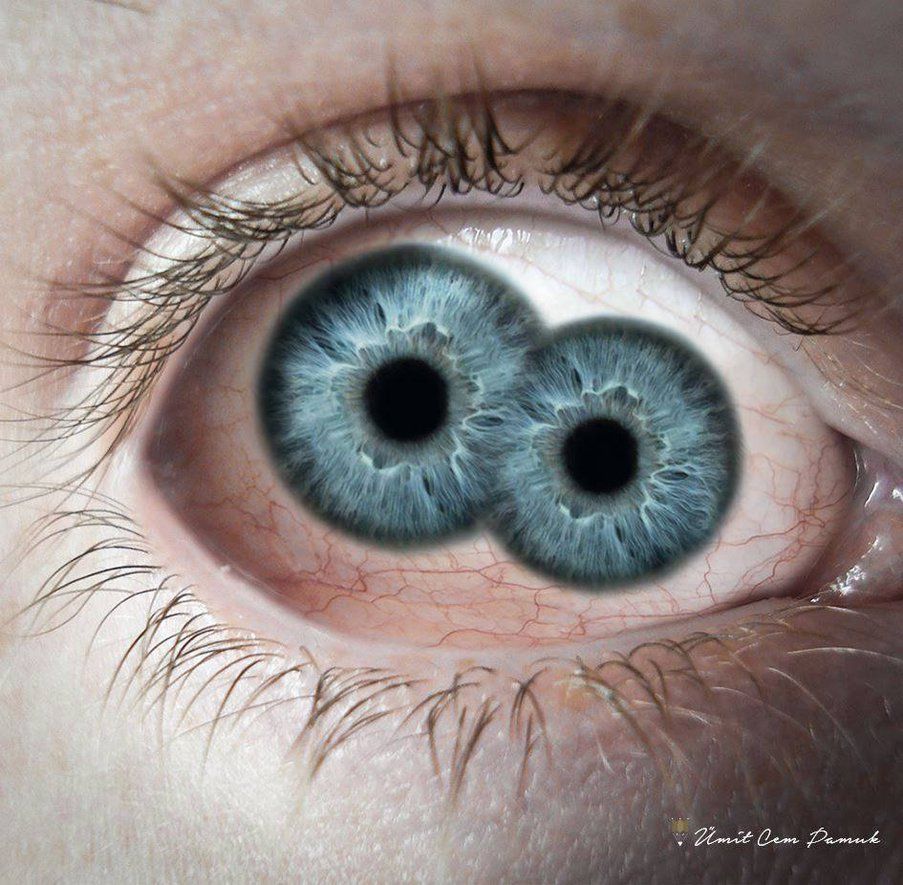
There is an association between lupus choroidal disease and blood vessel disease in the rest of the body, which may be related to kidney disease and blood vessel disease complications seen in lupus. This involvement can appear as excess fluid between the retinal layers.

Retinal vascular lesions (blood vessel changes in the retina) Scleritis occurs in approximately one percent of people with lupus and may be the first sign of the disease.This painful red eye condition is caused by inflammation in the white scleral (outer) layer of the eye.The dry eye that is seen in lupus cannot be distinguished from other dry eye conditions.Advanced cases of dry eyes may result in damage to the front surface of the eye and impaired vision.Typical symptoms are irritated, gritty, scratchy, or burning eyes, a feeling of something in the eyes, excess watering, and blurred vision.(Primary Sjogren’s syndrome is a systemic disease that, like lupus, can affect many parts of the body.) Approximately 20 percent of people with lupus also have secondary Sjogren’s syndrome, a condition in which the tear glands do not produce sufficient tears to lubricate and nourish the eyes the other moisture-producing glands are similarly affected.Scarring may result in deformities along the edge of the eyelids.There are typically no symptoms, but occasional burning and itching may occur.
DOUBLE PUPIL EYE CONDITION SKIN

Lupus most often affects the heart, joints, skin, lungs, blood vessels, kidneys and central nervous system (CNS). Systemic lupus is a chronic autoimmune disease that can affect any part of the body, including the eyes.


 0 kommentar(er)
0 kommentar(er)
